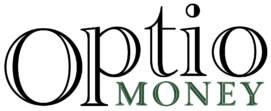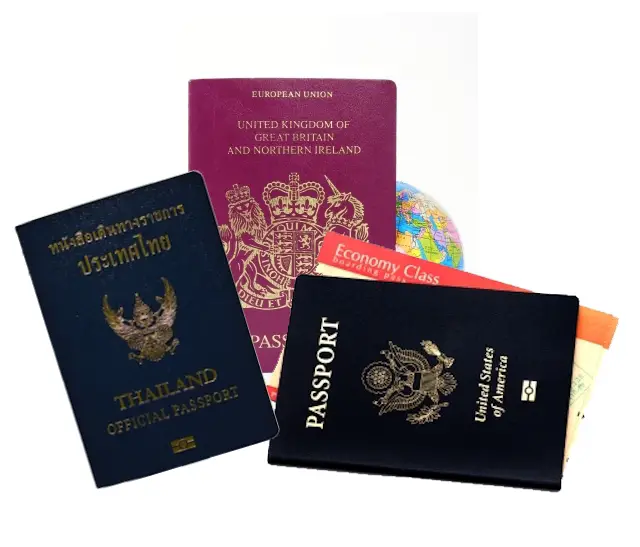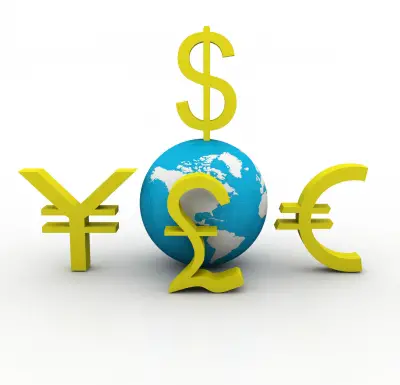From allowing you to gain a more comprehensive understanding of where your money is going to helping you avoid worsening your finances, personal finance apps are an excellent tool for anyone who wants to be smart with their money. Most of these apps have a similar way of working. They connect to your financial accounts, track your spending and categorize those expenses. However, each app has something slightly different to offer. Whether it’s because of a better interface or investment advice, there is a noticeable difference between these apps; some are better than others. Here is a list of our top picks for 2023 to help you navigate a sea of apps and choose the one that will suit your needs and help you achieve your financial goals.
1. Mint
Let’s start this list of the top personal finance apps of the year off strong with the app Mint. Mint has excellent ratings on both Google Play and the App Store, and for a good reason. It’s a free app that can sync to several financial accounts (checking, savings, credit cards, investments, bills, and loans…). After that, it tracks your expenses and puts them into personalized financial categories, which you can set up. Additionally, you can set a limit for each category and get notified if you’re approaching that limit.
Aside from these budgeting features, Mint has a few other great options for users. It can:
- Help users pay off debt,
- Introduce them to money-saving techniques,
- Track their financial goals,
- Show users their credit score and net worth.
The one possible downside of this app is that it does EVERYTHING on its own. If your goal is to be more hands-on regarding your finances and budgeting, this might become a problem.
2. YNAB
Unlike Mint, this is one of those personal finance apps that encourages users to be more active in their budgeting and plan for financial decisions rather than allowing them to track previous expenses passively. YNAB uses a zero-based budgeting system. That means you must plan how you’ll spend every dollar you earn. The point is to make you more mindful of your expenses and help you learn how to budget better. Therefore, to help with this, their website offers several resources which describe how to use the app properly. You can link it across several platforms to your checking and savings accounts. It’s also linkable with credit cards and loans.
That is an excellent option for anyone who wants to up their personal budgeting and financial planning abilities and work on their savings accounts. One thing to remember is that using this app requires a monthly or annual paid subscription.
3. Goodbudget
That is another app that’s geared more towards active planning for your finances rather than tracking transactions. Goodbudget based on the popular “envelope budgeting system.” That means you are encouraged to portion your monthly income into several specific expense categories (a.k.a. envelopes). Since it doesn’t connect to your bank accounts, this app is even more hands-on than YNAB. Everything you make and every expense has to be manually entered into the app. After you’ve entered your monthly income amount, you can assign parts of it to envelopes.
There’s a free and a paid version. The biggest issue with the free version is that the amount of envelopes you are given is limited. On the other hand, the subscription-based paid version gives you unlimited envelopes and certain other perks. Once again, since you can’t sync this app with any of your financial accounts, you will have to enter everything manually. That means the app can be rendered useless for people not ready to put in the extra effort.
4. EveryDollar
Next up on our list of the top personal finance apps of 2023 is EveryDollar. That is another app that works using a zero-based budgeting system. However, it’s a lot simpler and easier to manage than YNAB. In the free basic version, the app has you manually enter all the money coming in and out of your pocket during the month. After that, you can categorize your expenses and goals in the app and set reminders for bill payments. The premium version of this app allows you to connect it to your financial accounts, simplifying the entire experience. However, you should remember that the paid version is one of the more expensive ones on this list. And while the free version might be a bit simple, it’s also much more stimulating.
The free version of this app is definitely for you if your goal is to be more active in your expense tracking. The hands-on experience will encourage you to be more mindful of what you’re spending more money on and keep your long-term goals in mind. Seeing all this money go in and out encourages you to look outside the app for resources to save money. For example, if your goal is to move to a new place soon, realizing how much you spend on coffee might encourage you to change your spending habits, and avoid spending a fortune on coffee and expedite your moving process.
To Conclude
Personal finance apps can be beneficial whether you’re already experienced with personal budgeting and financial planning, or just starting. Proper budgeting and financial planning are essential parts of life. It allows you to prepare for a better monetary future and encourages healthier behavioral patterns when spending money. However, there’s one caveat to these apps. And that is the fact that they are just tools. As good as they might be, without the right mindset and a willingness to put in the work, each of them can be useless. Stay motivated and practice until budgeting becomes part of your regular behavioral routine. Over time, you’ll see your savings improve, make fewer impulse purchases, and improve your general future-planning skills.
You might also like:


